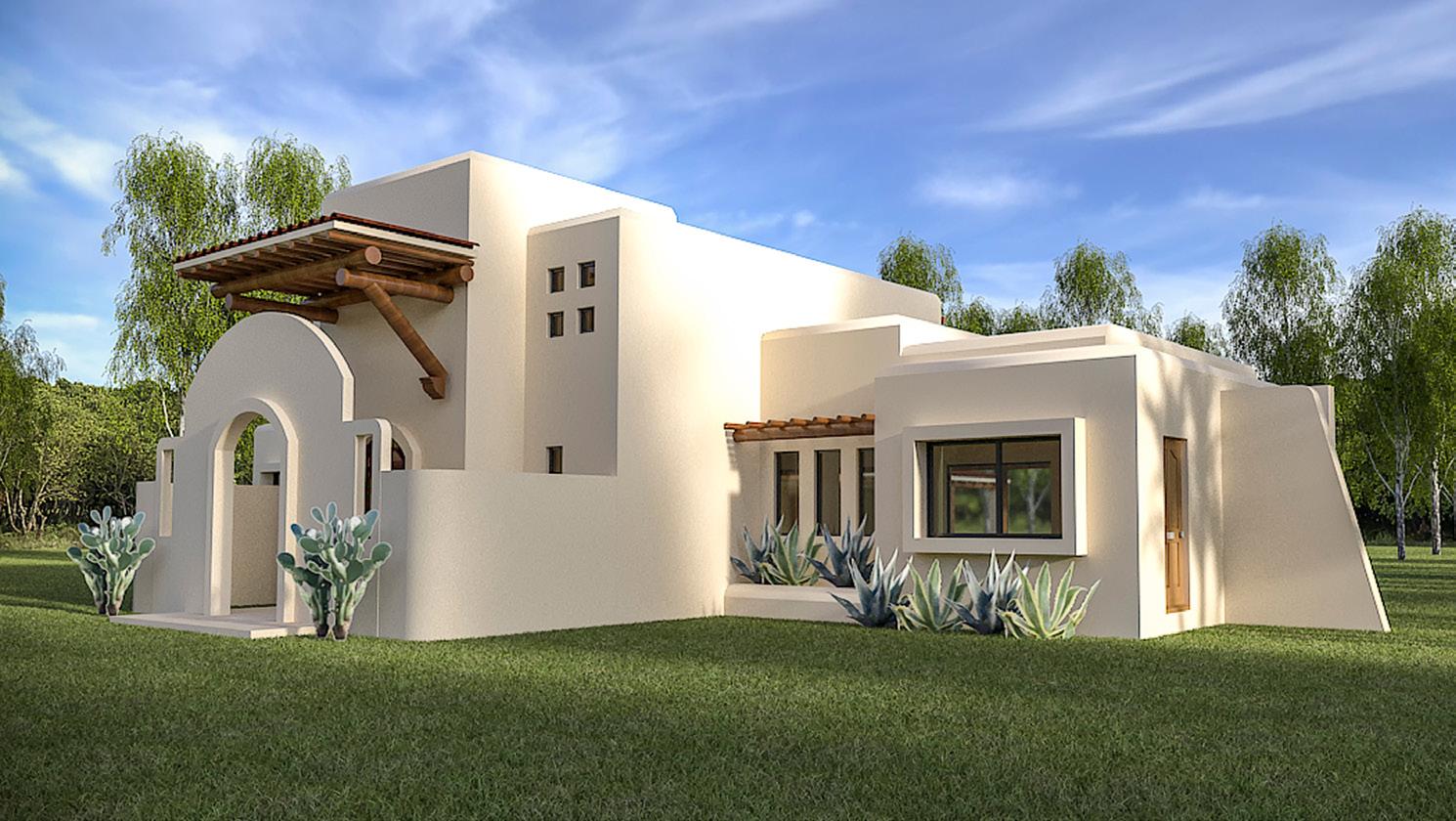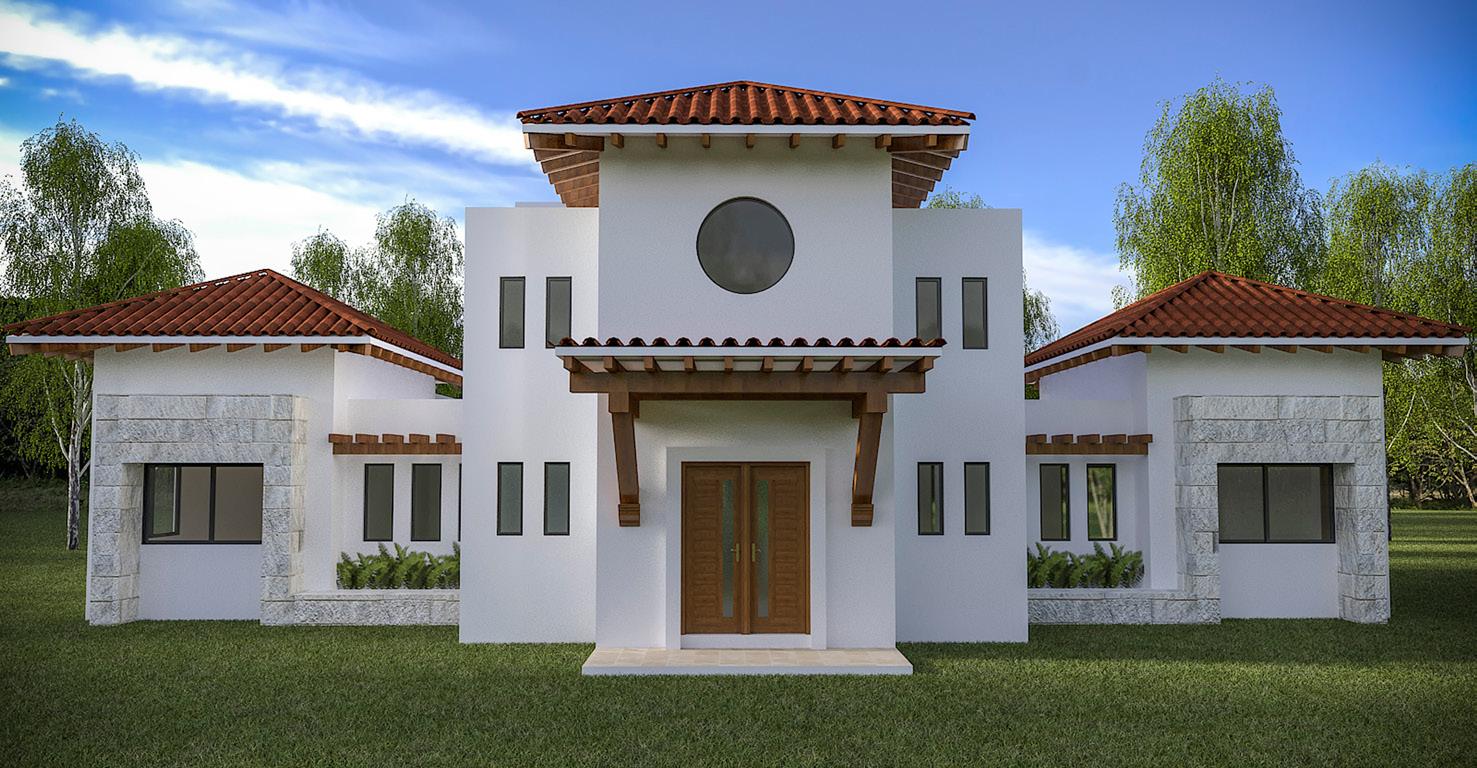
5 minute read
ADVENT CITY BY TGI™ Dreams, Myths, and Reality
ADVENT CITY BY TGI™
dreams, myths, and reality
Advertisement
By Samuel Epstein
While the rest of the world is still getting used to the idea of the “smart” city and smart home, ADVENT CITY by TGI GROUP is already moving on to the next step: the “smart, intelligent, completely sustainable and affordable” city. The settlement, which will have a car-free city center and homes that feature new and efficient energy sources, robotics and even automated trash pickup, won’t just be a place for its “Adventizens” to live and work- it will also help establish a “template” for other urban centers looking to reduce carbon emissions in the decades to come.
TGI management seeks to reimagine how to use new technologies, energy sources and become an incubator for all available technologies to be used in its ADVENT communities. In the “smart city” model, a centralized zero emission heating-cooling system and hot water systems will keep erection. It is the next generation environmentally sensitive city in a high grade pristine global area to meet the increased demand of population migration from large centers, by utilizing CO2 efficient fully integrated new energy mixes in conjunction with renewable water and advanced communication. Located in the jungle area of Yucatan, this site of approximately 1,000 acres, is 35 minutes from the state's capital Merida to the northwest, the Mayan ruins to the southwest, the Gulf of Mexico beaches, and Cancun to the east. It will feature two residential areas, a resort, a water park, abundant entertainment, a commerce center, an eco-friendly light industrial operation, an ECO DOME, three restaurants, nine cenotes, a medical center for advanced treatments with doctors available from around the world, a “FOUNTAIN of Youth” anti-aging spa, along with a hotel for visitors and medical tourists, as well as and abundant greenery and multiple public gardens. All construction is replaced by replanting of over 30000 jungle foliage preserving the photosynthetic balance. Mexico Is currently constructing a major overland rail system circling the Yucatan , thus we anticipate continued high population growth in the Yucatan (7%). The Yucatan contains an extensive cave ( Cenote) network, which has provided water for Mayan communities ( 400 B.C.- 1200 A.D. ). The cenotes formed as a result of an asteroid Impact at the end of the Cretaceous. The Impact caused global mass extinction event killing a majority of plant and animal species and ended the age of the Mesozoic including dinosaurs. The water system contains a complex network of caves conforming to the Impact craters rim, and is popular for swimming and diving. TGI plans to conduct geochemical studies to monitor the water and fecal concentrations, an area of concern to the residents. There are 9 cenotes on our property, 3 of which are finished and available for use and can significantly contribute by TGI to the scientific environmental studies of the Yucatan.
Renewable energy requires the development of energy conversion technologies to transform the potential energy resident in natural sources into usable energy. It is important to note that these resources are not exhaustible and they produce far less greenhouse gases and pollution. In particular, energy from sunlight and wind can be converted into electrical and mechanical kinetic energy with very little or no pollutant
temperatures in check with new HVAC units. The ADVENT CITY will also be laid out to optimize wind flow and minimize heat.
Beyond the climatized environment, the town will also feature a car-free town square center designed to serve pedestrians and cyclists. Outside the center, an abundance of liquid air, hydrogen, and EV charging stations will be available to drivers. There will also be lighting that adjusts itself based on the time and conditions, automated waste collection, and smart-enabled housing that will allow residents to completely control and monitor all of their home's features via a mobile app.
ADVENT CITY of Yucatan, the 1st development being built by the TGI Group is in Phase 2 of construction. Boasting 700 villas and 120 garden apartments, Phase 1 consisted of roads , drainage, Cenote finishing, and master pool
byproducts. The major impact of this energy transformation model will be felt in residential and transportation markets. Over the past century, more than 80% of electricity on earth has been generated in central power plants. These traditional power plants do have one critical advantage. Unlike new renewables, these power plants can produce power at all times and this ability to produce on demand electricity can complement solar-powered plants. With the transition to electrical powered cars and the coming transportation fuel transition to electrical energy storage, the current architecture of the power distribution grid will require immense capital to upgrade for residential power on demand.
Smaller and more efficient generators are coming with the objective of scaling down power plants and offering distributed generation redundancy to residential customers. Now, technologies are becoming available to complete called micro-combined heat and power (CHP). Micro-CHP generates both electricity and heat simultaneously at the size of a home. The heat meets the demand for space heating and hot water, while the electricity provides power for home appliances. Micro-CHP can attain overall efficiencies of 90% by generating both electricity and heat on demand and at the location where both are needed and valuable. This contrasts with central power plants, which produce electricity at 35% efficiency. The higher efficiency of micro CHP can help cut homeowners' energy bills by 30% and reduces their carbon footprint. Today, newer technologies such as fuel cells and thermionic energy converters can reach high efficiencies even at the scale of a single home. New electronic devices and appliances can now be linked to the internet to provide real-time data that can be used to lower the use of energy in the home.. Ultra-Efficient heat pumps in the future will warm and cool a home with efficiencies of 30% to 40% more than current heat pump technologies. New refrigerator technologies which will use magnets to create cold by raising or lowering the temperature of the material with a changing magnetic field. Advanced window controls can allow or block sunlight as needed and provide comfort with energy savings, next generation insulation, and roofs with materials containing specialized pigments to reflect or absorb less sunlight, as much as four times reflection thereby keeping the home cooler and LED lighting already makes significant contributions to the use of energy in the lighting of a home.
In future homes, energy storage is an unavoidable asset which will optimize generation and consumption. Energy storage has evolved into a necessary required asset for the power grid infrastructure as well and energy storage is dominated by lithium - ion type batteries. Renewable energy infrastructure is leading the way in changes in power distribution to the residential population and communities. At TGI Group, the completion of our first model homes including the fully functioning micro-grid is expected in the next 6 months. Pre-construction Indication of Interests are Impressive. The most recent development near the country club 35 minutes by car from ADVENT CITY sold out to Mexican's In 90 days. The cultural, natural, and physical aspects of the Yucatan are apparent.







